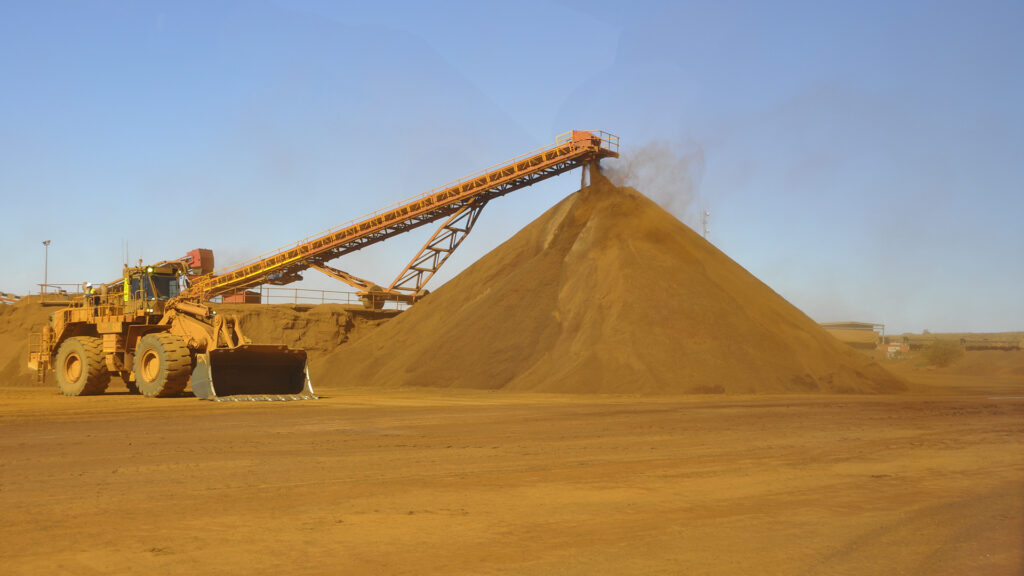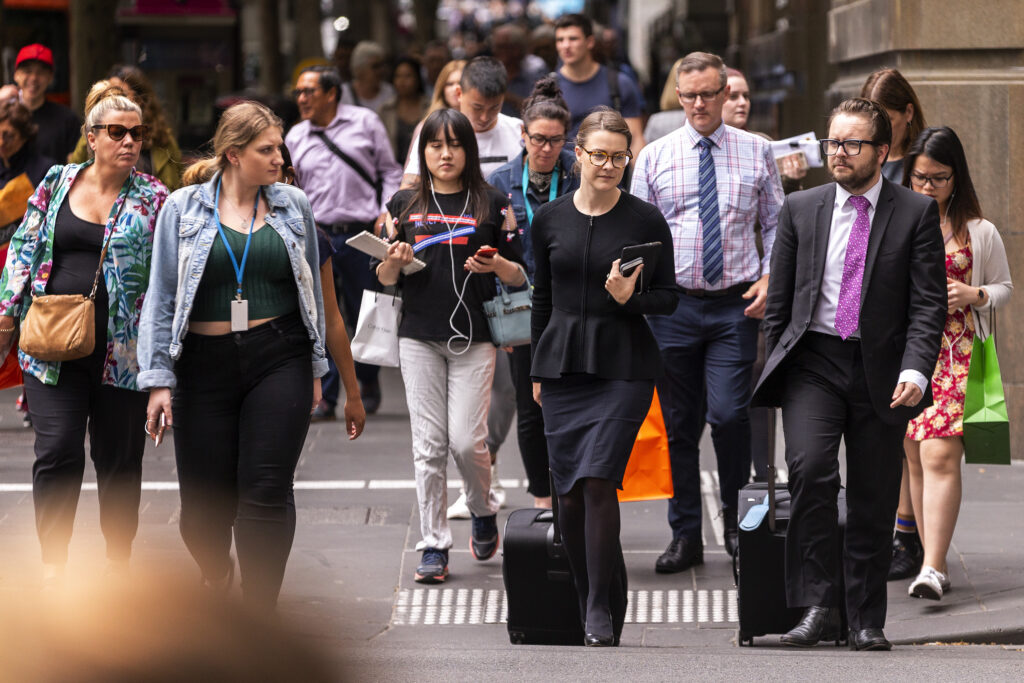
CANBERRA, Australia — Australian Treasurer Josh Frydenberg’s third budget on May 11 will be the centerpiece of the economic calendar this week, but there are also crucial figures on retail spending and jobs.
Frydenberg is likely to hand down a budget for the 2021/22 financial year that is in far better shape than expected just a few months ago.
It will be buoyed by the rapid recovery of the labor market from last year’s recession and a huge spike in the iron ore price that has substantially lifted revenues.
The budget deficit for 2020/21 is now expected to be AU$ 155 billion ($121.91 billion) compared with the AU$ 197.7 billion ($155.5 billion) previously forecast, while economists predict the deficit for 2021/22 will have shrunk to AU$ 80 billion ($62.9 billion) from AU$ 108.5 billion ($85.3 billion).
The iron ore price struck a record $200 (AU$ 254) per tonne late last week compared with the mere $55 (AU$69.91) per tonne forecast in December’s mid-year budget review.

The jobless rate had also dropped to 5.6 percent in March when the Treasury had predicted it rising to 7.5 percent at that stage of the year.
Despite these positive signs, Frydenberg remains cautious.
“This is another pandemic budget,” he said.
“We are not out of this crisis yet; you only have to see terrible events around the world.”
The National Australia Bank on May 10 will release its influential monthly business survey for April, which will lay out how firms are fairing heading into the budget.
In March, business conditions were the strongest on record, while confidence remained well above average.
The Australian Bureau of Statistics (ABS) will also release final retail spending figures for March, as well as sales data for the March quarter.
Economists expect spending growth will be around the 1.4 percent increase seen in the preliminary figures.
However, this won’t be enough to prevent a 0.4 percent decline in the March quarter, following two strong previous quarters, and a modest negative for the economic growth result for the March quarter, which is due on June 2.

Just hours before the treasurer hands down the budget, the ABS will issue its weekly job payrolls report on May 11, a precursor to the official labor force figures later this month.
It will be the first report to contain the full impact, if any, of the JobKeeper wage subsidy ending in March.
The Treasury has previously forecast that up to 150,000 people could lose jobs as a result of the scheme ending, although economists are becoming more confident the strength of the labor market can see these absorbed.
Australian shares will kick off budget week fairly flat, despite Wall Street continuing its run of record closes.
The latest run-up came as a weaker than expected US payroll report fuelled expectations the Federal Reserve won’t be raising interest rates any time soon.
Employers added just 266,000 jobs in April, far fewer than the 975,000 that economists expected.
The S&P 500 index rose 0.7 percent to 4,232.60, it’s third straight gain. The Dow Jones Industrial Average also gained 0.7 percent to 34,777.76, while the Nasdaq composite picked up 0.9 percent to 13,752.24.
However, Australian share futures were four points down at 7059.
This followed May 7 local upbeat performance led by resources shares, buoyed by the rising iron ore price.
The S&P/ASX200 index closed 0.3 percent higher at 7080.8 on May 7 and 0.8 percent higher on the week.
(Edited by Vaibhav Vishwanath Pawar and Pallavi Mehra)
The post Another Pandemic Budget: Australian Treasurer appeared first on Zenger News.

